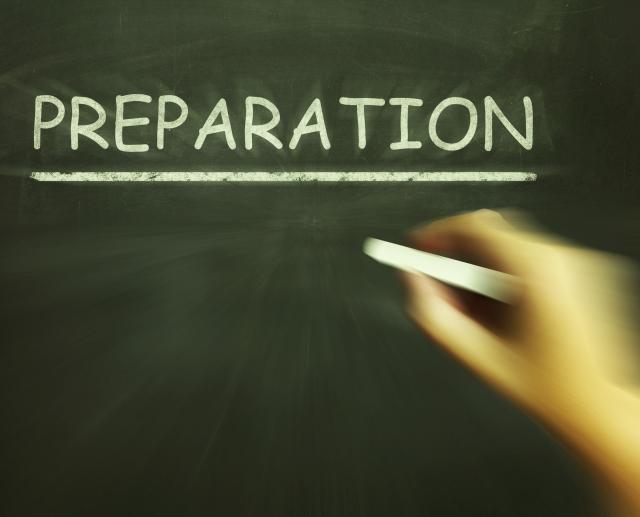
Business Disaster Planning

Business Disaster Plans
No matter where you are located, disasters can happen. Floods, earthquakes, hurricanes, tornadoes, fires, and wildfires are all part of the disasters that can affect businesses. Disaster planning can help your business minimize risks and aid in faster recovery in the event of a disaster, which is why it is so important for any business, no matter the size to have a disaster plan in place.
Preparation
The steps that you take to prepare for a disaster are important. Here are some important things to take care of for preparing for a disaster.
Prevention and Assessment – Taking a risk assessment of what could potentially have an impact on your business is important and allows you to plan accordingly for what could happen. Yearly inspections, including the roof, safety systems, and fire prevention systems, to ensure that they are in good working order.
Updated Contacts – Make sure that you keep an updated emergency contact list. This list should include your alarm providers, local police and fire agencies, customers, vendors, and staff. Disaster Relief agencies should also be included on this list.
Evacuation Plans – A posted evacuation plan should clearly show the floor plan layout with exits and emergency exits for staff and customers and the best route to use to each exit. Staff should have a pre-arranged meeting place for after evacuation.
Records – Backing up and storing your digital records in a separate location from the business so that you can easily access them if there is damage to your computer systems in a disaster. Vital business records should be kept in a UL rated safe to protect them from heat and fire.
Emergency Kits – Keep emergency kits at your location. They should include blankets, batteries, flashlights, first aid supplies, a radio, tool kit, bottled water, and non-perishable food.
Emergency Planning
Your business disaster plan should include these vital aspects:
· Resources – What resources do you have and will you need to continue to operate your business during or after an emergency?
· Response – What is the immediate response in the event of an emergency? This is where you will detail out how to protect property, staff, client/customer safety, and your operations. This usually includes sheltering in place, evacuations, lockdowns, etc.
· Business Continuity – what is the strategy for keeping your business running? This can include transitioning to work from home, location clean up and repair, and financial recovery options.
Resources
For additional resources, including checklists, sample disaster plans for Business Continuity and information for disaster relief assistance, please visit the following:
U.S. Chamber of Commerce Foundation
U.S. Small Business Administration
Categories: Blog
